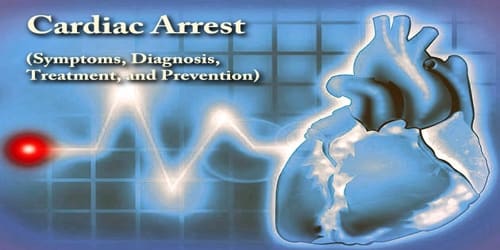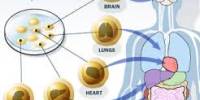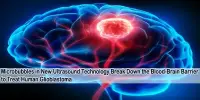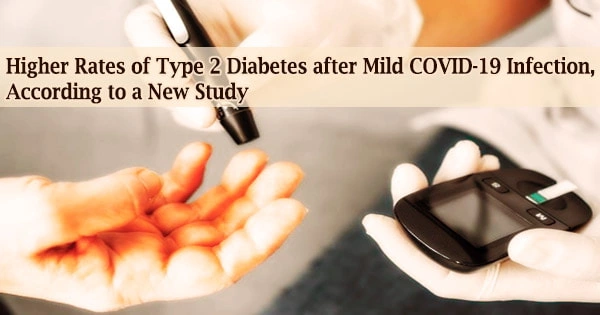Cardiac Arrest (Symptoms, Diagnosis, Treatment, and Prevention)
Definition: Cardiac arrest (or Sudden cardiac arrest) is the sudden, unexpected loss of heart function, breathing and consciousness. It is different from a heart attack, which occurs when blood flow to a portion of the heart is blocked. However, a heart attack can sometimes trigger an electrical disturbance that leads to a sudden cardiac arrest.
Symptoms include loss of consciousness and abnormal or absent breathing. Some individuals may experience chest pain, shortness of breath, or nausea before cardiac arrest. If not treated within minutes, it typically leads to death.
Cardiac arrest is a medical emergency. The most common cause of cardiac arrest is coronary artery disease. Less common causes include major blood loss, lack of oxygen, very low potassium, heart failure, and intense physical exercise. The diagnosis is confirmed by finding no pulse. While a cardiac arrest may be caused by heart attack or heart failure, these are not the same.
The risk of cardiac arrest increases:
- With age
- A family history of coronary artery disease
- Smoking
- High blood pressure
- High blood cholesterol
- Obesity
- Diabetes
- A sedentary lifestyle
- Drinking too much alcohol (more than two drinks a day)
If not treated immediately, it causes sudden cardiac death. With fast, appropriate medical care, survival is possible. Administering cardiopulmonary resuscitation (CPR), treating with a defibrillator or even just compressions to the chest can improve the chances of survival until emergency personnel arrive.
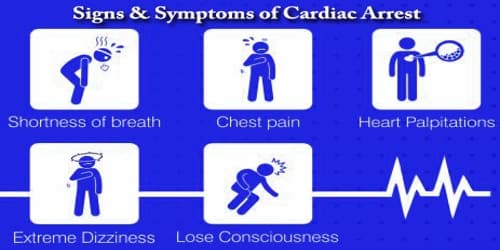
Signs and Symptoms of Cardiac arrest: Cardiac arrest is preceded by no warning symptoms in approximately 50 per cent of people. Early symptoms of cardiac arrest are often warning signs. Getting treatment before our heart stops could save our lives.
If people are in cardiac arrest, they may:
- become dizzy
- be short of breath
- feel fatigued or weak
- vomit
- experience heart palpitations
Immediate emergency care is needed if people or someone who is with experiences these symptoms:
- chest pain
- no pulse
- not breathing or difficulty breathing
- loss of consciousness
- collapse
Certain types of prompt intervention can often reverse a cardiac arrest, but without such intervention, death is all but certain. In certain cases, cardiac arrest is an anticipated outcome of a serious illness where death is expected.

Diagnosis and Treatment of Cardiac arrest: Cardiac arrest happens without warning and requires emergency treatment. Doctors rarely diagnose cardiac arrest with medical tests as its happening. Instead, cardiac arrest often is diagnosed after it happens. Doctors do this by ruling out other causes of a person’s sudden collapse.
A cardiac arrest is usually diagnosed clinically by the absence of a pulse. In many cases, lack of carotid pulse is the gold standard for diagnosing cardiac arrest, as lack of a pulse (particularly in the peripheral pulses) may result from other conditions (e.g. shock), or simply an error on the part of the rescuer.
Tests the doctor may recommend include:
- Electrocardiogram
- Blood tests
- Echocardiogram
- Chest X-ray
- MUGA Test or Cardiac MRI
- Nuclear Scan
Other tests that are often done include:
- Electrical system (electrophysiological) testing and mapping
- Ejection fraction testing
- Coronary catheterization (angiogram)
Clinicians classify cardiac arrest into “shockable” versus “non–shockable”, as determined by the ECG rhythm. This refers to whether a particular class of cardiac dysrhythmia is treatable using defibrillation. The two “shockable” rhythms are ventricular fibrillation and pulseless ventricular tachycardia while the two “non–shockable” rhythms are asystole and pulseless electrical activity.
Cardiac arrest is an emergency. A person having cardiac arrest needs to be treated with a defibrillator right away. This device sends an electric shock to the heart. The electric shock can restore a normal rhythm to a heart that’s stopped beating.
If people survive a cardiac arrest, the doctor may start them on one or more treatments to reduce the risk of another attack.
- Medication can lower high blood pressure and cholesterol.
- Surgery can repair damaged blood vessels or heart valves. It can also bypass or remove blockages in the arteries.
- Exercise may improve cardiovascular fitness.
- Dietary changes can help people’s lower cholesterol.
Often, people who have a cardiac arrest get a device called an implantable cardioverter defibrillator (ICD). This small device is surgically placed under the skin in their chest or abdomen. An ICD uses electric pulses or shocks to help control dangerous arrhythmias.
Prevention of Cardiac arrest: With positive outcomes following cardiac arrest unlikely, an effort has been spent in finding effective strategies to prevent cardiac arrest. With the prime causes of cardiac arrest being ischemic heart disease, efforts to promote a healthy diet, exercise, and smoking cessation are important.
If people have a high risk of sudden cardiac arrest, they may also wish to consider purchasing an automated external defibrillator (AED) for home use. AEDs can be expensive and aren’t always covered by health insurance. The more people who know how to respond to a cardiac emergency, the more the survival rate for sudden cardiac arrest can be improved.
Information Source:
